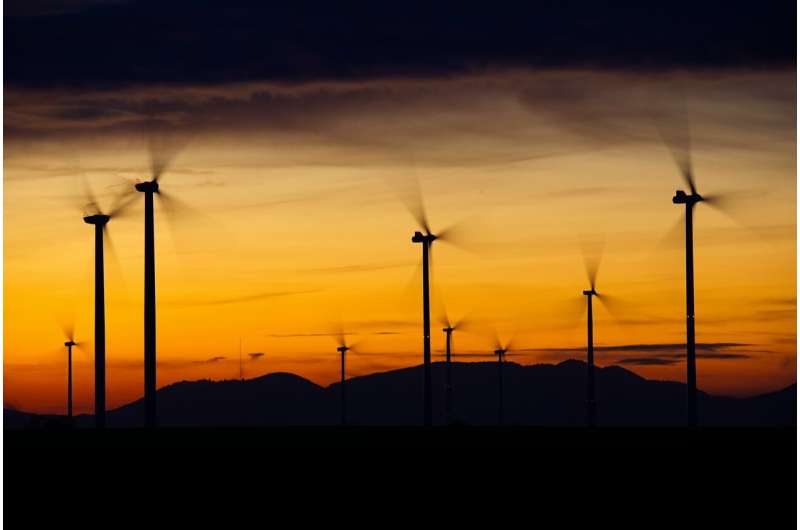This article has been reviewed according to Science X's editorial process and policies. Editors have highlighted the following attributes while ensuring the content's credibility:
fact-checked
proofread
An environmental CGE model of China's economy: Modeling choices and application

Computable general equilibrium (CGE) model is an important policy guidance tool for pollution reduction and emission control objectives. An article, published in Energy and Climate Management, introduces the economic module, energy module, macroscopic closure, dynamic mechanism, algorithm and back-of-the-envelope of a CGE. Then, it shows how to extend the CGE to carbon tax and carbon trading market, energy rebound effect, environmental tax and disclosure, and carbon neutral strategies.
The general equilibrium framework of the CGE model widely used in cost-benefit analysis in the field of energy and environmental policy. Based on standard micro- and macroeconomic theories, the CGE model establishes quantitative connections between various sectors of the economy, enabling the examination of both direct and indirect effects resulting from exogenous changes in the economy, as well as their global impacts on the overall economy.
A team of energy economists by Yu Liu from Peking University in Beijing, China recently outlined the detailed content of their CGE model. This model is constructed based on the CGE model theory of the Australian Center of Policy Studies, elaborates on the main modules and equations of the Chinese environmental CGE model used, economic and emission database development, macro closure settings, solution methods, and interpretation of simulation results.
The main features of the model include:
- Following the idea of Johansen (1960), the nonlinear relationship between economic variables is converted into a rate of change form, thereby converting the nonlinear equations into a linear equation that is easy to be solved by computers;
- According to the impact amplitude Flexible selection of various solution methods, such as Johansen's one-step method, Euler's multi-step method, etc., to achieve a balance between solution speed and accuracy;
- Providing a theoretical paradigm to explain simulation results. The underlying transmission mechanism of the CGE model can be expressed using a set of simplified equations defined as Back-of-the-Envelope.
"In this review, we present the extension of the basic CGE model to multiple critical domains, encompassing dynamic analyses of carbon tax and carbon trading market, thorough consideration of the energy rebound effect, diverse impacts of environmental tax and disclosure, as well as systematic exploration of carbon-neutral strategies.
"These enhancements augment the practical applicability of the CGE model, offering more reliable support for formulating comprehensive and effective policies," said Yu Liu, senior author of the paper, professor in the College of Urban and Environmental Sciences at Peking University. Dr. Liu is also the Recipient of the National Science Fund for Distinguished Young Scholars of China and the Peking University Distinguished Professor of Boya.
Although CGE model cannot accurately quantify real-world results, it can provide crucial economic indicators and trends in production activities. "Our model still has some limitations. If you have experience or guidance in the development and application of CGE models, we sincerely welcome your valuable suggestions and assistance," Yu Liu Said.
Other contributors include Nenggao Zhu, Lingyu Yang, Xinbei Li from the School of Public Policy and Management, University of Chinese Academy of Sciences in Beijing, China; Meifang Zhou from the School of Economics, Beijing Technology and Business University in Beijing, China; Xin Wen from the School of Economics and Management, Beihang University in Beijing, China; Jinzhu Zhang from the College of Urban and Environmental Sciences, Peking University in Beijing, China.
More information: Yu Liu et al, An environmental CGE model of China's economy: Modeling choices and application, Energy and Climate Management (2024). DOI: 10.26599/ECM.2024.9400002
Provided by Tsinghua University Press





















